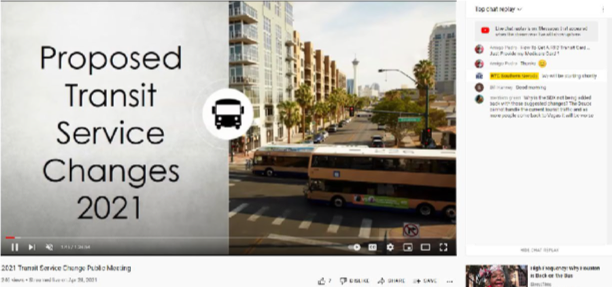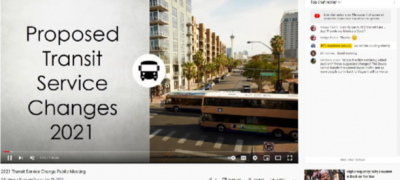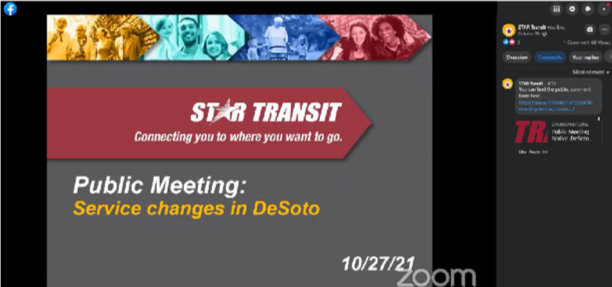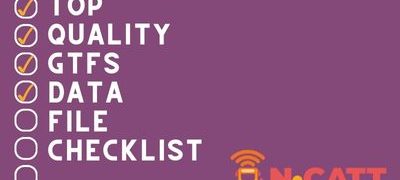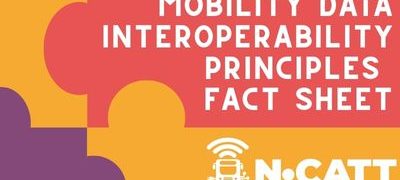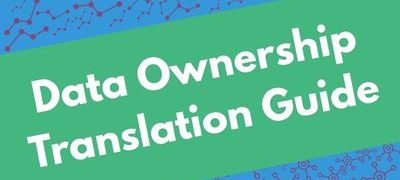Social media has emerged as a powerful tool to communicate in a direct, inexpensive, flexible, and immediate way with customers and the broader public. At its best, social media can educate stakeholders about important projects, alert customers to service changes, and provide crucial information during emergencies. However, the instantaneous nature and near- infinite reproducibility of social media content means that small mistakes can turn into public relations disasters. Agencies should maintain strict protocols for producing and disseminating content, as well for responding to comments and questions about that content.
Social media has come to dominate the way that information is produced and consumed. Common social media platforms are:
- YouTube: The social media platform with the highest usage rate, this video-sharing platform is owned by Alphabet (the parent company of Google) and is used by 81% of American adults. Users can share videos and embed those shared videos into web pages. This service is best suited for sharing video content such as Public Service Announcements, instructional videos, recorded and/or live public meetings, and marketing announcements.
- Facebook: Used by 69% of US adults, this social media platform allows individuals and organizations to share photos, videos, web links, and narrative posts publicly or to a select audience. While this service is well-suited for sharing all kinds of content including interactive surveys, members of the public need to have an account for full access. Facebook recently announced its rebranding as “Meta”.
- Instagram: Approximately 40% of US adults use this Facebook-owned photo and video sharing platform. Every post must have a photograph or video included and linked web pages are not allowed. This platform is best suited for one-way communication through images and videos.
- LinkedIn: This Microsoft-owned social media platform is designed for career-oriented content such as information about promotions, new projects, or new skills. This platform is especially well- suited for staff recruitment and communication with government and organizational stakeholders.
- X (formerly Twitter): An early social media site, X is defined by a restriction on characters allowed in posts (280 characters) and allows photo, video, and web page sharing. X pioneered the hashtag (e.g., #Transit), which is a powerful way to reach specific audiences on relevant topics. This platform is especially effective for customer engagement through post-and-reply interactions.
- TikTok: TikTok is a newer social media site where users share short videos and often use trending music or special effects. Each user’s experience is personalized to show videos to audiences expected to enjoy and engage with the content. TikTok has become a popular venue for advertising and connecting with new clients, customers, and riders. Currently, TikTok is usable in the United States. However, the app is facing a nationwide ban which may remove it from phone app stores and make it inaccessible.
Uses of Social Media
- Marketing: A transit agency can reinforce its public brand, advertise for new services or promotions, and post news about the organization.
- Information Exchange: Agencies can provide riders real-time updates on route changes, notify the public about upcoming public meetings or survey the public.
- Event Management: Facebook allows users to post public events. This function can help schedule and promote public meetings or special events (e.g., ribbon-cuttings).
- Crowdsourcing: In certain contexts, it may be appropriate to put a call out to the public for help developing a concept. One example is a bus shelter design competition put on by the Utah Transit Authority which asked for public submissions via social media.
- Training/Education: How-to videos are common uses of social media (especially through YouTube).
- Public Outreach: Given the widespread adoption of social media by large portions of the population, social media is an excellent vehicle for public outreach (see below for more detail).
Social Media for Public Meetings
Social media is a powerful tool for public meetings, especially considering the social distancing needs resulting from the COVID-19 pandemic. YouTube and Facebook both have live broadcast functions that allow members of the general public to tune in and provide comments. A major advantage of using social media for public outreach is that many customers regularly use these platforms in their daily lives, and so it is accessible for those who may otherwise not attend a virtual or in-person public meeting.
Social Media Limitations
- Older adults are less likely to use social media, and lower-income or rural households may have unreliable access to the internet.
- It is easy for messages to get lost in the flood of content people view on these platforms.
- Public Participation Plans often require more traditional approaches to communications, such as legal ads in newspapers and in-person outreach.
- It is impossible to “undo” an inadvertent social media post (even deleting it does not guarantee someone did not take an image of the post).
